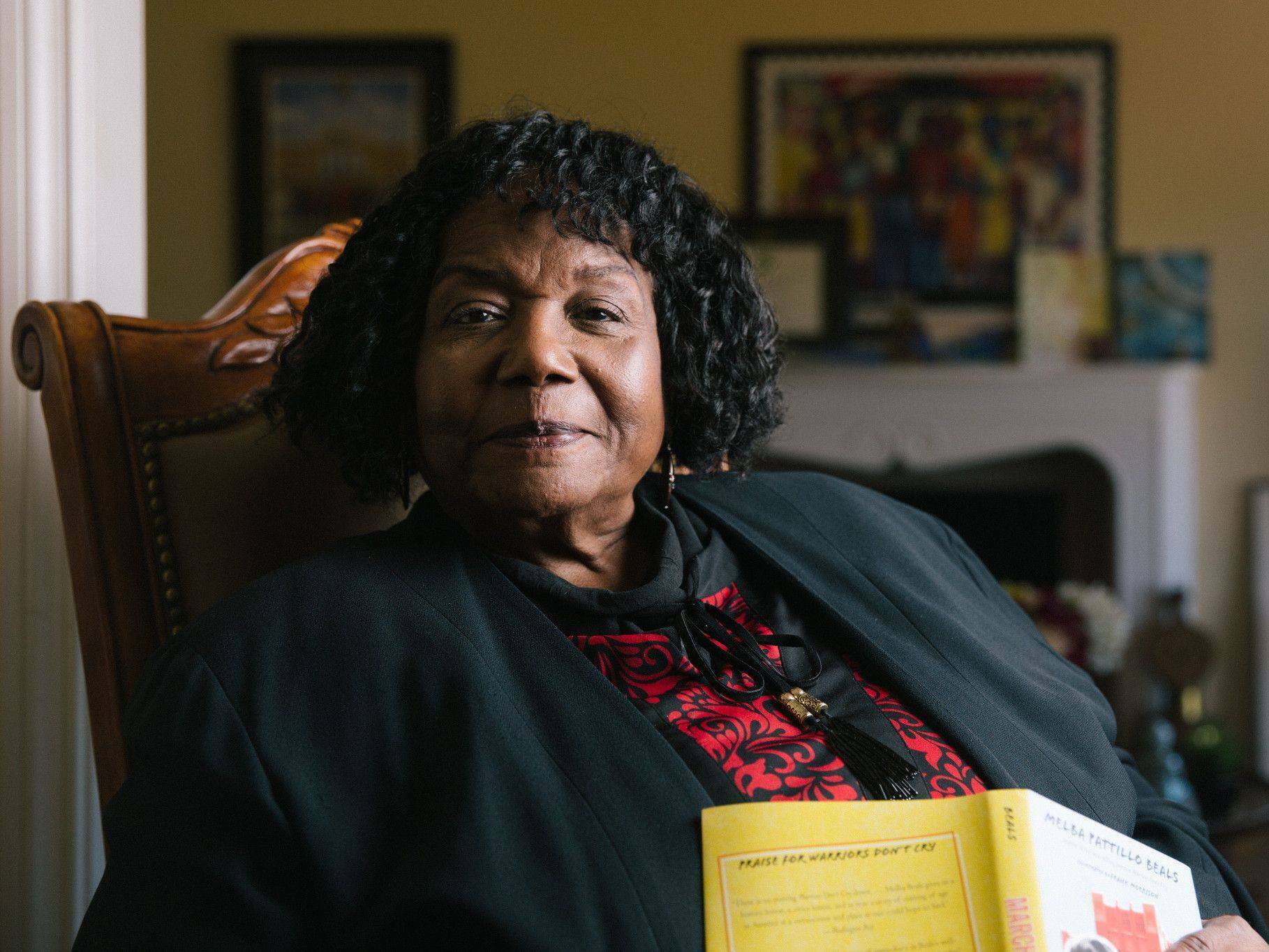We all know that chronic back pain is a, well … pain. It can keep you from working, ruin your quality of life and destroy social relationships.
The traditional treatments of chiropractic manipulation, physical therapy, low back exercises and anti-inflammatory medications only go so far. And for those who find that these treatments fail, we doctors have prescribed opioids.
As you know we doctors — and I am included in this — have been too free to prescribe these drugs, reasoning that the risk of addiction was low. We were wrong. The risk was much higher than we thought, which means we need to find other ways of dealing with this problem.
Stay informed on the latest news
Sign up for WPR’s email newsletter.
That’s why I find a recent study published in the Journal of the American Medical Association so compelling. It points out non-pharmacologic ways of dealing with chronic low back pain that may become a standard for treating chronic pain — mindfulness therapy and cognitive behavioral therapy.
Mindfulness is defined as a mental state you reach by focusing your awareness on the present moment, calmly acknowledging your feelings, your thoughts, your emotions and, most of all, your bodily sensations.
If you want a great book on the topic, a gold standard on what this is, I recommend “Wherever You Go, There You Are,” by mindfulness expert Jon Kabat-Zinn. It’s insightful.
Cognitive behavioral therapy is goal-oriented psychotherapy that seeks to bring changes in patterns of problem-solving. Change the way you think of the problem and you’ll change the way you feel about it.
In both cases, therapists lead you to accept your physical discomfort and emotions associated with it. It’s not a cure; it doesn’t get rid of the pain. It’s aimed to get you to accept what you have in the best way you can so it’s not intrusive.
The study looked at 350 people, average age of 50, who had lower-back pain for about seven years. They were placed into one of three groups — mindfulness therapy, cognitive behavioral therapy and usual therapy of exercise, anti-inflammatories, massage, etc.
At six months, about 60 percent of the mindfulness and cognitive therapy groups were significantly better in function, attitude and pain control, and “bothersomeness,” vs. 40 percent of the usual group. At one year, the effect was still there.
The therapy groups included an eight-session class, with almost half completing just six sessions. In other words, they got a lasting effect even if they didn’t complete the entire course.
So let’s put this all together. First off, the usual care for lower-back pain does give some benefit, it’s not worthless — it did improve the lives of 40 percent of the people in the traditional care group. But that wasn’t as robust as the therapy groups.
My spin: In both therapy groups, the focus was on the mind — feelings, emotions, thoughts and how they link to pain. It’s not that people in these therapy groups didn’t take NSAIDs. They could take them just like the other group. But they added something else — they changed their attitude to acceptance.
This is rather like the Serenity Prayer: “God, grant me the serenity to accept the things I cannot change; the courage to change the things I can; and the wisdom to know the difference.” Stay well.
Wisconsin Public Radio, © Copyright 2024, Board of Regents of the University of Wisconsin System and Wisconsin Educational Communications Board.





